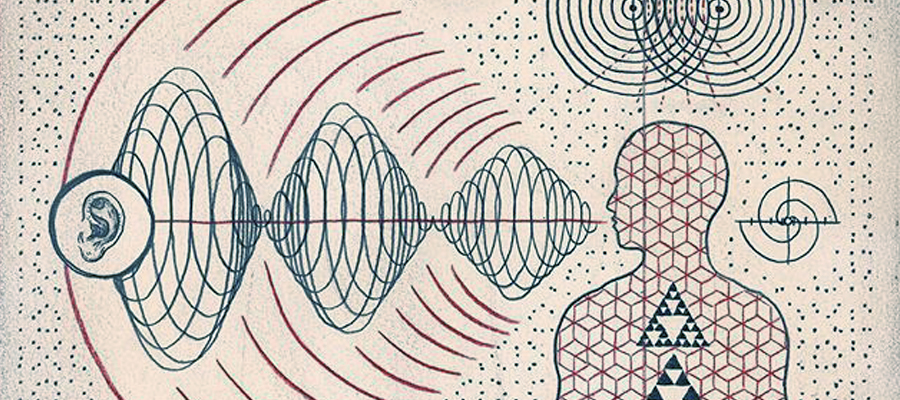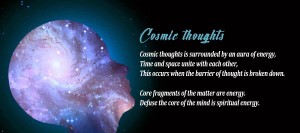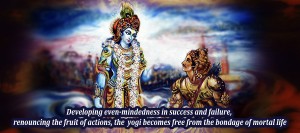Spanda Process
The cosmos and the individual are manifested by the same process: the ever-expanding sound-vibrations called Spanda. First, there arises the most subtle movement of expansion or vibration at the causal level where than the objective sound is a bhava, the slightest differentiation of primal consciousness. This is known as dhvani.
Dhvani then expands and mutates into notes , which are sound, but in a form so subtle that they are more of an idea of sound than an actual sound.
The tone develops into nirodhika, a kind of concentration of energy so that it becomes a potential sound. It expands and becomes ardha-bindu (ardhendu), which is the crescent shape seen on the symbol OM̐ and on Shiva’s head.
These are thoughts and sounds, but sounds that can only be heard as the faintest inner mental sound. Ardhendu then developed and became bindu, the source point of vibration. This Bindu is fully voiced, but only at the interior level. It cannot be pronounced aloud, cannot be pronounced at all, but only felt and entered as a first step back to the source consciousness which is the Soul.
From bindu come all the permutations, namely various sounds combined into words, including mantras. According to the yoga scriptures, there are three basic forms of sound or speech:
- pashyanti, which can only be intuited or felt rather than heard, even within;
- madhyama, which can be heard in the mind as thought; and
- vaikhari, which is physically pronounced and heard by the ear by means of vibrations in the air.
But even beyond this is the transcendental sound, para-vak or supreme speech, which is the voiceless sound, consciousness itself. OM̐ includes all of this.
“When people send out the first sound and the very earliest Vak sayings, all that is so fine and immaculate, precious in it, is revealed. … in the trail of Vak which they followed, and found him hiding within ” (Rig Veda 10.71.1, 2) .
This Rig Veda hymn speaks of the Vak, the creative Voice from which all things come. This sound manifests all things and expresses them by producing a consciousness capable of perceiving them. The sages, the hymn tells us, trace the Vak (OM̐ ) back to the source and discover that it is in themselves as Power and Consciousness. Meditation is a process of tracing discovered by the sage, the procedure by which the yogi enters the mind level OM̐, tracing to the source which is consciousness.
As he does so, he experiences in the depths of his consciousness the subtle state of consciousness, or bhava, which is attached to OM̐. For this reason the word often translated “meditation” in texts related to yoga is bhavanam, the experience of states of mindfulness called bhava. Meditation takes us straight to the heart of OM̐ as we trace the sound back through many permutations to the original bhava or impulses of consciousness that extend outward to manifest as the outermost form of spoken OM̐.





